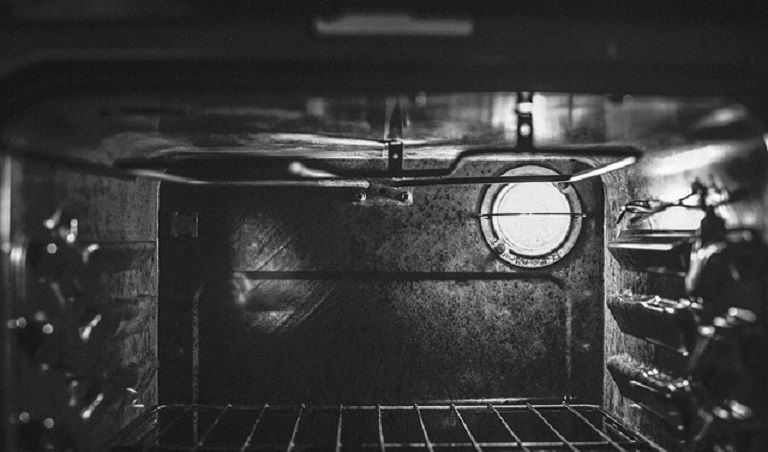A noisy oven can be a major annoyance for any homeowner, particularly if you spend a lot of time cooking or hanging out in the kitchen.
However, a riotous racket from your cooker could be an indication of something far worse than just audio irritation.
If your oven is turning your kitchen into a clamorous karaoke of cooker noises, don’t chalk it up to being “one of those things” – it’s likely a sign that your oven is need of some overdue TLC.

Investigating a Noisy Oven
In addition to ruining the kitchen ambience with its dinnertime din, a loud cooker can also raise serious alarm bells over the health of your appliance.
A noisy oven can be a tell-tale sign of a serious problem with your cooker. Think of it as a cooker’s cry for help and your oven’s way of alerting anyone in earshot that it’s in dire need of assistance.
If your oven is making such a piercing plea, don’t read it the last rites and fork out on a replacement. The solution could be a lot simpler and a lot less expensive!
Diagnosing a Noisy Oven
More often than not, an uncharacteristically noisy oven typically points to an issue with the oven’s fan motor. That being said, most ovens have two fans: namely the cooling fan and the circulation fan.
Like any appliance, these components can and will wear over time as they reach the natural end of their lifespan. For oven motors, this often causes them to make a loud rattling noise when the oven is on.
To get to the bottom of it, it’s time to channel your inner sleuth and get inspecting. But remember, safety first, kids - be sure to disconnect your appliance from the mains before you do so.
Fixing a Noisy Oven
A noisy oven fan can be the result of something as simple as a loose blade or fixing nut. To eliminate this possibility, it’s worth tightening any loose screws/bolts to ensure everything is securely held in place.
Oven fans usually consist of three separate parts: the fan motor, the blade and the fixing nut. If all parts are securely in place and the noise still persists, you may need to replace a fan part.
If you have diagnosed your issue and would like a replacement fan/motor component, click the button below to browse our stock of replacement parts.
Browse Oven Fan Motor Parts
Replacing an Oven Fan
Once you’ve diagnosed the problem and identified the part that needs attention, you can now tackle the task of solving the issue and replacing the problem part. That being said, it’s often not as easy as you might think.
Replacing an oven fan can be both difficult and dangerous, particularly if you don’t know what you’re doing. What’s more, with so many oven brands, models and variations on the market, prior maintenance knowledge of one oven can be entirely different for another.
A botched DIY job could void your warranty, while a failed attempt of fixing the issue could exacerbate your problems even further. As such, if you’re unsure, your safest bet is to call in a pro to check it out for you.
That being said, if you are intent on flexing your mechanic muscles and intent on doing your own oven overhaul, be sure to do your homework beforehand. Consult your manual and research your oven’s make and model thoroughly before getting your hands dirty.
For more information on fan motors and oven fan parts, call now on 02920 452 510 or use the button below to drop us a message online.
Contact Us